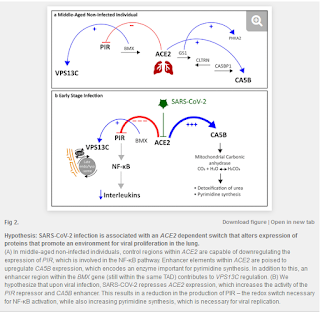Notes - week of 2020/9/21
Read a bit about lipid metabolism in PD https://www.ncbi.nlm.nih.gov/pmc/articles/PMC6099649/ "Since oligomers seem to be the toxic species rather than fibrils, we believe that the increasing DHA concentration in the cell could worsen toxicity rather than having a protective role." oh dear Eating fish is associated with reduced risk of PD - but maybe the benefit is from beta parvalbumin?? ~ A clinical trial published in 2019 found omega-3 from flax plus vitamin E to be beneficial in PD - though of course flax does not contain DHA, but ALA which may be converted to DHA - but not very efficiently & there are sex differences (reproductive age women do so more efficiently than others) https://www.sciencedirect.com/science/article/abs/pii/S0303846718304633 ~ Seems like fibrates would be helpful, but one study in a rat models says no https://pubmed.ncbi.nlm.nih.gov/28403913/ but brilliant blue G, a P2X7R anatgonist, was beneficial ~ Cereblon - "Our study reveals a novel ...
